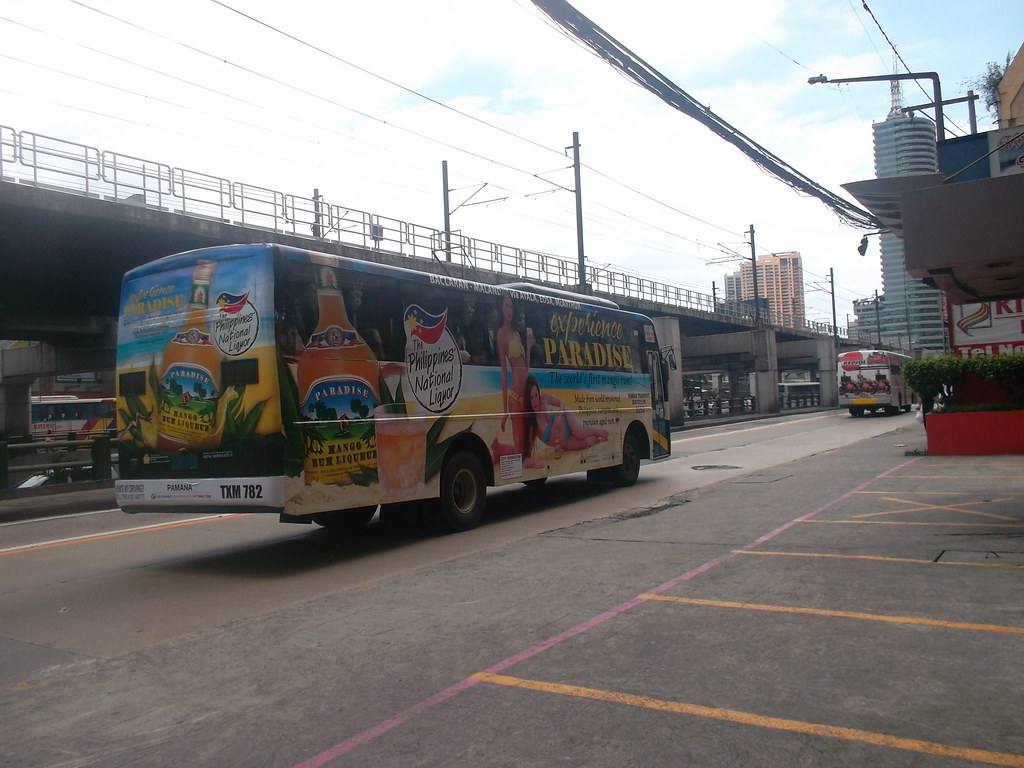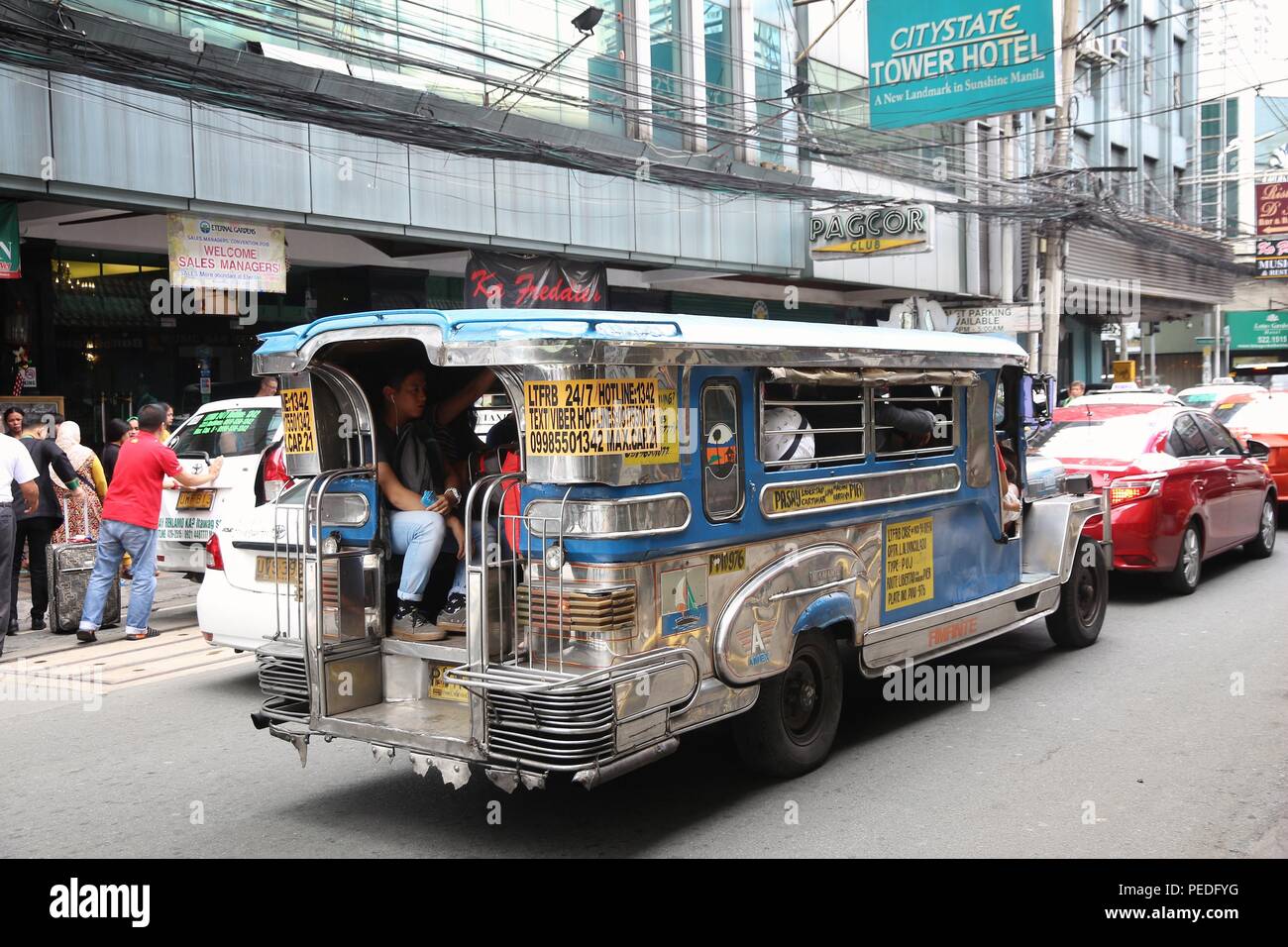Understanding the Role of Transit Marketing in Enhancing Brand Visibility and Customer Engagement
Transit advertising has arised as a critical aspect in the marketing landscape, offering special possibilities for brand names to raise their presence and involve customers efficiently. With the ability to reach a captive and varied target market throughout their daily commutes, these advertising and marketing methods are not merely concerning presence; they are concerning producing purposeful links with possible clients. As we discover the multifaceted advantages and cutting-edge approaches within transportation marketing, it ends up being important to consider just how these elements jointly influence customer assumption and actions, questioning regarding their long-lasting effect on brand name commitment.
Meaning of Transportation Advertising And Marketing
Transportation advertising and marketing refers to the method of promoting products, services, or brand names via promotions placed in and around mass transit systems. This type of marketing includes a variety of positionings, consisting of posters on trains and buses, digital displays at transportation terminals, and wraps on the exterior of cars. It intends to get to a diverse audience, profiting from the high foot traffic related to public transit.
Transportation advertising and marketing is purposefully positioned to capture the attention of travelers, that often invest substantial time waiting or taking a trip. By integrating promotions into the daily routines of individuals, brands can produce a long-term perception and foster brand recognition. The tool is particularly reliable in city atmospheres, where public transportation is a main mode of traveling.
In addition, transportation marketing can assist in local targeting, allowing services to get to particular demographics based on transportation courses and station places. As urban populaces grow and using public transport rises, this advertising approach has actually acquired importance as a vital part of integrated advertising strategies. The dynamic nature of transportation advertising, combined with its capability to involve customers in a captive setting, emphasizes its significance in modern advertising methods.
Advantages of Transportation Advertising And Marketing
The effectiveness of transit advertising and marketing depends on its ability to provide a multitude of benefits to brands seeking to improve exposure and involvement. Among the primary advantages is the comprehensive reach it uses; transit ads can successfully target varied demographics throughout city locations, getting to both pedestrians and travelers alike. This wide direct exposure significantly increases brand awareness.
One more benefit is the high regularity of impacts. As transportation lorries follow established courses and quit at several locations, they develop repetitive direct exposure that reinforces brand messages. This frequency cultivates experience, which is vital in customer decision-making.
Transportation marketing is additionally economical compared to other media platforms. Provided its expansive reach and capacity for high impacts, brands typically experience a lower price per thousand impressions (CPM), maximizing their marketing budget.
In addition, transportation advertisements can produce a feeling of area connection. By straightening with neighborhood transit systems, brand names can resonate with regional target markets and foster a feeling of regional satisfaction. This local technique improves brand name commitment and involvement, making transit advertising and marketing an engaging option for services intending to strengthen their existence out there.

Reliable Strategies for Transit Projects
To make best use of the effect of transit projects, brands should take advantage of calculated planning and implementation tailored to their target market. Initially, recognizing the market characteristics of the audience using public transit is important. This allows brands to create tailored messaging that resonates with prospective customers.
Following, selecting the appropriate transportation mediums is necessary. Whether making use of bus wraps, subway posters, or digital screens, each medium has distinct benefits that can enhance exposure. For instance, vibrant visuals on bus wraps can stand out, while electronic advertisements can be upgraded frequently to mirror timely promotions.
Moreover, integrating a natural branding strategy throughout transportation platforms makes certain uniformity and strengthens the brand's identity. Using attractive styles and unforgettable taglines will strengthen brand name recall amongst commuters.
Finally, timing is a vital variable in performing successful transit campaigns. Introducing projects throughout optimal traveling hours or neighborhood occasions can dramatically raise presence and involvement. By employing these methods, brand names can efficiently harness the potential of transportation marketing, promoting better recognition and link with their target market. Eventually, a well-executed transit campaign can drive significant development in brand name exposure and consumer engagement.

Determining Effect and Engagement
In evaluating the performance of transit advertising projects, precise measurement of influence and engagement is crucial for brand names seeking to maximize their advertising strategies. Metrics such as reach, regularity, and perceptions provide foundational data to evaluate presence. Evaluating these factors helps determine just how numerous potential consumers are subjected to the promotions throughout their daily commutes.
Involvement can be further gauged with customer interactions, such as web site traffic, social media sites mentions, Click Here and direct actions to calls-to-action featured in the ads. Making use of tools like QR codes or one-of-a-kind URLs can assist in monitoring of consumer habits straight linked to transportation projects. Surveys and comments devices also serve as beneficial methods to gather qualitative information on consumer assumptions and recall of the advertisement.
Additionally, progressed analytics and acknowledgment models can correlate transportation exposure with subsequent purchasing behavior, using understandings right into the roi. By utilizing a detailed strategy that combines quantitative and qualitative procedures, brand names can create a nuanced understanding of their transportation advertising effect. Eventually, this data-driven approach enables brands to refine their campaigns, ensuring they resonate efficiently with target audiences and improve overall brand exposure.
Situation Researches of Effective Campaigns
Successful transit advertising campaigns act as compelling examples of exactly how efficient techniques can raise brand visibility and engagement. Transit Advertising Philippines. One notable situation is the "I Love New York" campaign, which changed the city's picture and drew in numerous visitors. By using train anchor ads, billboards, and bus wraps, the project produced a strong, natural brand name identification, leading to a considerable uptick in tourism and local organization patronage
An additional exemplary campaign is Coca-Cola's "Share a Coke" initiative, which leveraged transportation advertising and marketing to customize the brand experience. By including preferred names on marketing materials throughout numerous transportation platforms, Coca-Cola fostered a much deeper emotional link with consumers, encouraging them to share their experiences on social click resources media sites.
In addition, the "Got Milk?" project efficiently utilized public transport ads to reach a wide audience, enhancing the message of the importance of milk in a balanced diet plan. The campaign saw a quantifiable increase in milk intake in target demographics.
These situation researches show that when performed attentively, transit advertising and marketing can substantially improve brand exposure, foster consumer interaction, and drive measurable outcomes, demonstrating its essential role in modern-day marketing methods. - Transit Advertising Philippines
Conclusion
In verdict, transit advertising works as a vital tool for boosting brand exposure and cultivating customer engagement. By using purposefully placed ads within public transport systems, brands can effectively enhance and reach diverse target markets acknowledgment via consistent direct exposure. The application of targeted messaging and cutting-edge strategies better enhances the influence of transportation campaigns. Inevitably, the capacity to determine involvement and examine successful instance research studies highlights the performance of transportation marketing in driving brand loyalty and consumer communications.
Transportation marketing has emerged as a pivotal element in the marketing landscape, supplying special opportunities for brands to elevate their visibility and involve consumers efficiently.Additionally, transportation advertising can facilitate local targeting, enabling companies to reach details demographics based on transportation routes and terminal places.In assessing the performance of transportation marketing campaigns, exact measurement of impact and involvement is crucial for brands seeking to optimize their advertising and marketing methods.Successful transportation advertising and marketing projects serve as compelling instances of exactly how effective methods can elevate brand name visibility and involvement.In conclusion, transit advertising offers as a vital device for boosting brand presence and fostering customer engagement.